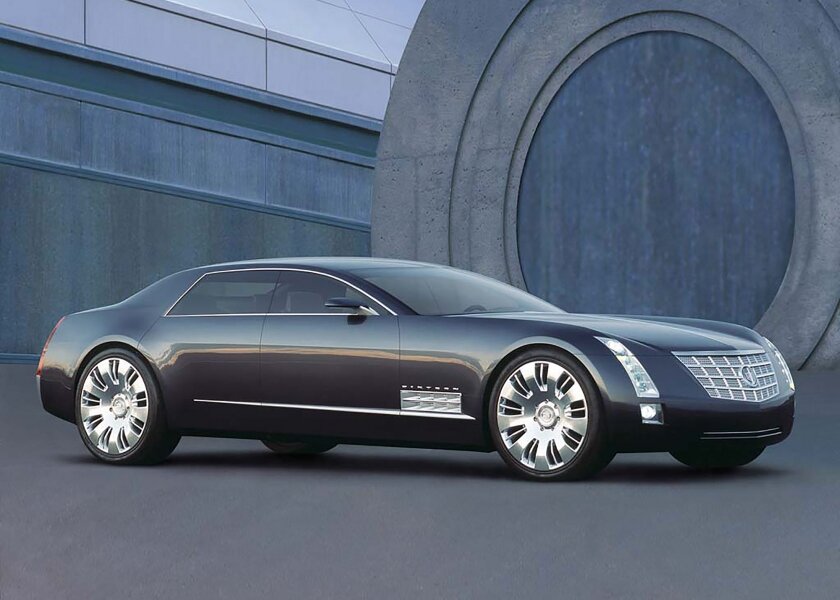1931 Cadillac Fleetwood V16
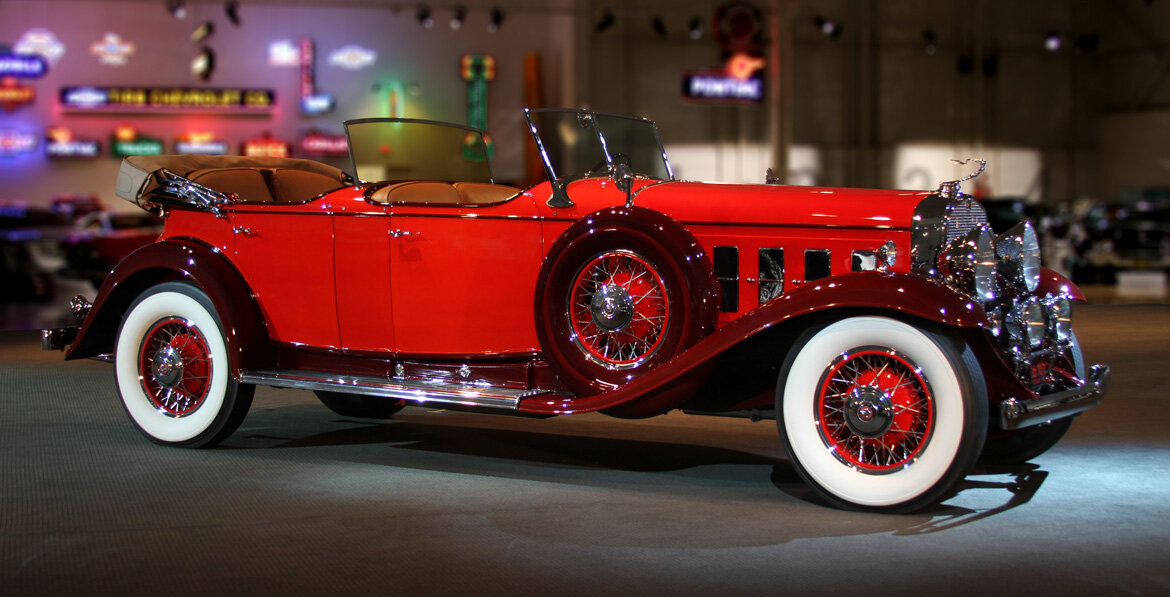

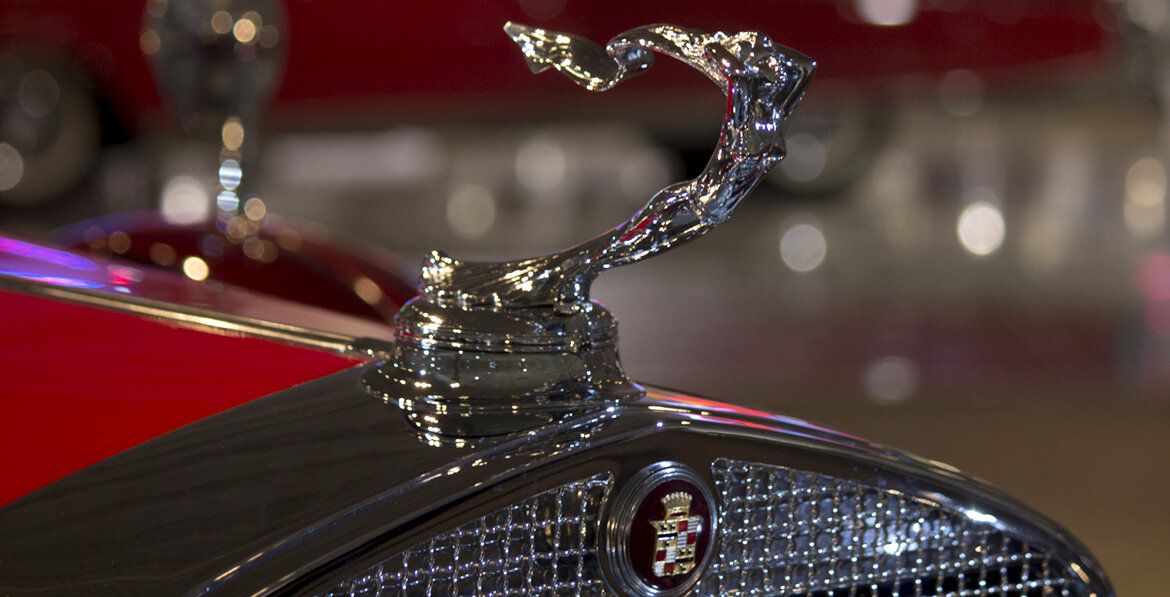
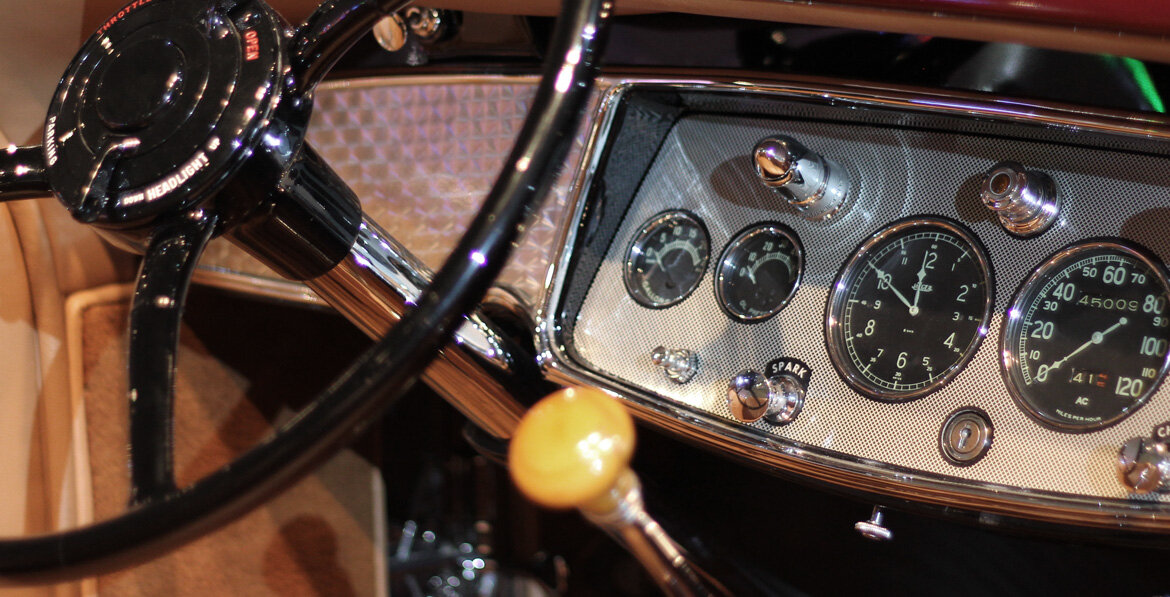
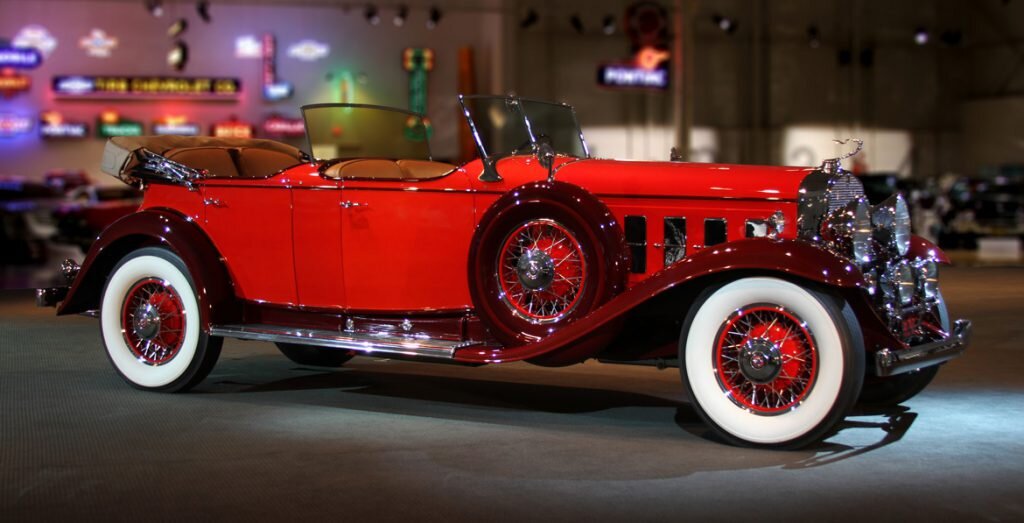
Specifications
Engine: 452 cu in V16
Horsepower: 175hp
Torque: 320lb-ft
Transmission: 4 speed manual
Wheelbase: 148in
The story of the Cadillac V16 started when Alfred P. Sloan Jr., president and CEO of GM, came in contact with legendary designer Harley Earl, after hearing about his bold coach work design’s on cars in Hollywood. Sloan admired his work and wanted Harley to work for General Motors.
Fred Fisher, of Fisher Body Corporation, was friends with Harley and introduced him to his brother Larry, who became president of Cadillac in 1925. In 1926, Larry appointed Harley to create a sportier looking Cadillac, which eventually became the famous 1927 LaSelle. In that same year, Sloan created GM’s “Art and Colour Section”, and appointed Harley to lead the project. This division of GM specifically worked on creating new designs that would start an
annual model change for them. The Art and Colour section also allowed there to be a trickle down effect in terms of style and design, to set apart cars that were more expensive. Harley went on to design the 1930 Cadillac V16, that utilized GM’s prestigious internal coach builder Fleetwood.
Released in 1930, Cadillac became the first American car manufacturer to introduce a production car with a V16 motor. In the early 1930s prestigious American car manufacturers were in a tight battle of “multi-cylinder” cars. The likes of Pakard, Franklin, Lincoln, Auburn and Pearce Arrow all had created twelve cylinder cars by 1932. Marmon, a Cadillac competitor, thought about the idea of creating a 16 cylinder car in the late 1920s before Cadillac, but were unable to do so due to the lack of resources. With 10 body styles, it allowed customers to put their own personal
touch on their cars, and there were limitless color options.
The V16 produced 175hp and had a top speed of over 80 mph, which was very quick for the car’s size at the time. It was about 19 in a half ft long and weighed about 6,200 lbs. The large size allowed the car to be very comfortable, with plenty of leg room. The seats were adjustable and had folding arm rests. There were hidden compartments for ash trays, gloves, maps, and robe straps. The doors were illuminated to guide the passengers in and out of the vehicle. In the back seat there was a second dashboard that was fitted with a second speedometer, clock, and a roll down privacy window. The car was fitted with high and low beam headlights, and an anti-theft
gear lock. There was no luggage compartment, because that was used to store the convertible top. Additionally, a toolbox was fitted to the car if anything needed to be fixed.
This particular model, the Dual Windshield Sport Phaeton has some Rhode Island history as well, as it was purchased by Augusta Little who lived on Thayer St. in Providence! Mrs. Little described the car as “The Fire Wagon was a Sunday-go-to-meeting car. It was pure pleasure; it was not a utilitarian car.” Although the car had an immense amount of prestige, sales were affected due to the stock market crash and the imposing threat of WW2. General Motors ended production of the V16 in 1940.
Images and words courtesy of the GM Heritage Center













